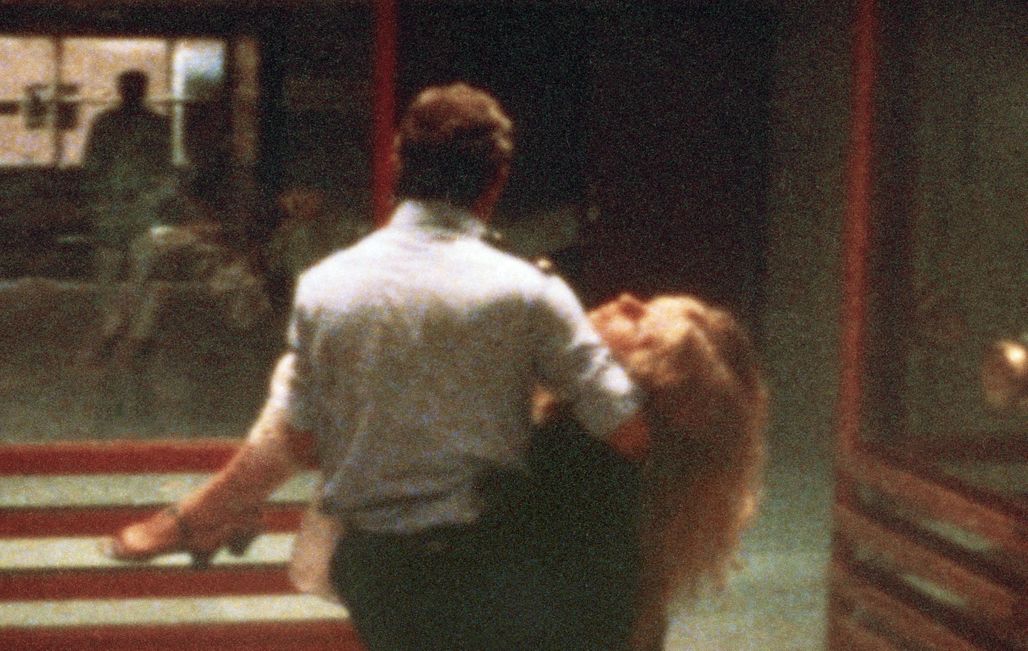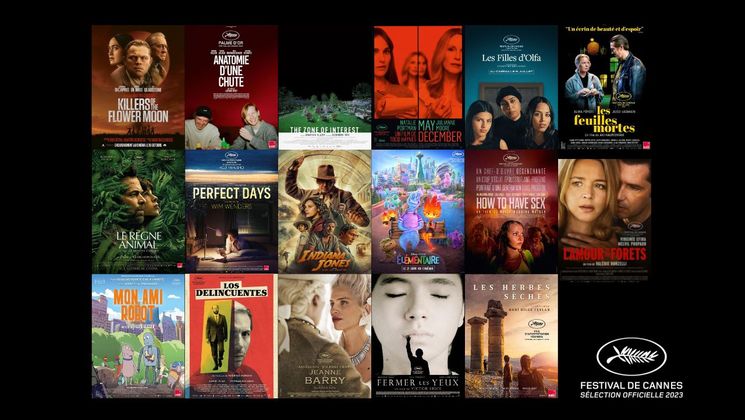
When Raymond Depardon gave us the “unnewsworthy” news

In 1982, French photographer Raymond Depardon took a total immersion approach with his camera in a police headquarters in Paris. He looks back at the making of this documentary that followed the daily lives of police officers busy with the incidents never considered more than “minor” news items.
How did Faits divers come about?
I had the idea in New York. In the late afternoon, there was a news programme on NBC – the stories that didn’t make the headlines. It spoke to me, this programme, and I thought it would be interesting to make a film about the local police, with the help of an American cameraman. Then I said to myself, “Why not Paris, rather than New York?”
When did filming begin?
At the end of 1982. I spent three months alone at this police station. I’d been advised to film in a police headquarters where the judicial police share the premises with the administrative police. I chose the one in the 5th arrondissement.
What technical difficulties did you have to overcome?
I was shooting in difficult light conditions. It was a film that was technically way ahead of its time, because the technology wasn’t fast then, in low light. I prioritised long takes so as not to have to explain the chronology of events in any other way. I did a DIY job on my camera to equip it with a microphone, used in Germany to record classical music concerts.
Was it difficult to fit in?
I was put with an emergency team made up of a sergeant and four men. It was difficult to start with because the uniformed officers didn’t really like me being there. But later I enjoyed incredible freedom, for the time, because I slowly and carefully gained everyone’s trust, without judging them.
“Everything hinges on the sound, the dialogue.”
How did the experience affect you?
I didn’t see things in the same way anymore afterwards. It’s as if you have, on one hand, the televised news, and on the other, the news that has no chance of being picked up by the media. I had the impression of being in another, mysterious world, but a world to which I held the key.
You film the police officers with a lot of restraint and tenderness…
Yes, it’s true. There are several categories of policemen, among which those that are really angry about being faced with social work rather than simply maintaining law and order. My film was bought by the police training institutions to prepare the students a bit. A lot of them were only joining the police so they could beat up thugs.
You did some significant sound work…
The film would never have existed without it. Everything hinges on the sound, on the dialogue. Before Claudine Nougaret joined me to help with this, I made my films alone, with a microphone and a camera on my shoulder. It was novel then.
What do you think of the result of the restoration?
I’ve completely rediscovered the film! It contains some extraordinary moments in terms of light and sound. I shot wide open, in half-light, and there are things I’d never seen. By remastering the film, I’ve rediscovered my work.


